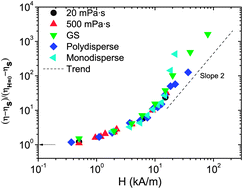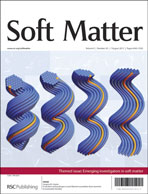The rheological behaviour of unsheared magnetorheological fluids is studied using Brownian dynamics simulations and experiments. In the simulations, we use monodisperse and polydisperse systems, and study the structure formation and the stress autocorrelation function that provide the shear moduli and shear viscosity of the system. Whereas the monodisperse system crystallizes, as identified by the pair distribution function, polydispersity hinders crystallization and allows a comparison with the experiments. These are performed with carbonyl iron particles in different Newtonian solvents (silicone oils and glucose syrup). Special attention is paid to the equilibration of the samples. A rescaling of the viscosity is introduced that collapses data from different systems and shear rates, leaving solely the dependence on the external magnetic field. The simulation data can be collapsed onto the same curve if the magnetic field is also rescaled, due to the approximations involved. The master curve shows the expected quadratic dependence on the external field. The shear moduli from simulations and experiments agree qualitatively; both moduli develop a shoulder at low frequencies, indicating a slow mechanism of stress relaxation connected to structural relaxation.

You have access to this article
 Please wait while we load your content...
Something went wrong. Try again?
Please wait while we load your content...
Something went wrong. Try again?


 Please wait while we load your content...
Please wait while we load your content...